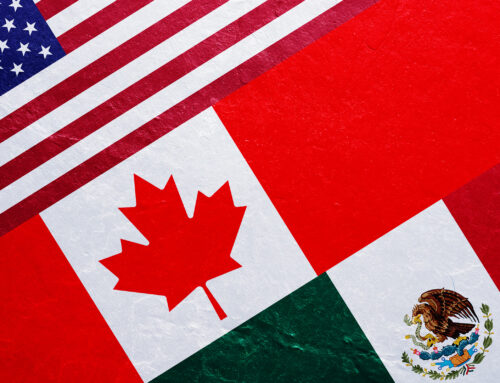By: Benjamin Garden, VP, Pricing Analytics, Iris Pricing Solutions
In 2023, restaurants have faced a slew of challenges, from slower foot traffic to higher supply costs. However, some restaurants and their franchisees are defying expectations and actually earning healthy profits. How are they accomplishing this feat?
Their secret weapon is pricing analytics, which is the use of data and analytics about customers, products, competitors, and other relevant factors to develop a pricing strategy. Under the pressure of higher supply costs and slower wage growth for consumers in 2023, pricing analytics enables brands to strategically increase certain prices on their menus while keeping meals at reasonable prices for their customers. After all, a lost customer due to a price point can take a long time to win back and increases customer acquisition cost, both of which can break a business.
To apply pricing analytics to drive profits, restaurant chains can use the following data:
- Point-of-sale transactions, with items, prices, and quantities purchased
- Market research on perceived value from their menu
- The brand value and position relative to its competitors
- Customer demographics, including household income
- Customers’ price sensitivities toward the most popular menu items
- Tracking competitor prices at the local geographic level
An essential component that ties these factors together is geography. A chain must collect data from each geographical region and adapt its pricing strategy to the particular features of each trade area. Despite price increases in some regions, certain restaurants excel by offering a perceived value that sets them apart. This highlights the importance of aligning pricing strategies with consumer preferences. Amidst the recent inflationary pressures, consumers are increasingly seeking value and affordability. It is no surprise that customer perception of value is a critical factor in the success of restaurants. The ability to understand and cater to these expectations is key.
For example, consumers within a specific income range are visiting restaurants less frequently. This emphasizes the need to cater to this customer segment and offer value options that align with their specific needs and budgets. On the flip side, middle- and high-income consumers are trading down from pricier options. This presents a valuable opportunity for restaurants to capture this customer segment.
Category-leading restaurant chains are collecting data on how consumers are spending their precious disposable income in response to price increases for individual items. Furthermore, they are collecting this data for their own restaurants and those of their competitors. Based on this comprehensive view of price sensitivities, restaurants are selectively increasing prices for popular items that are high in demand and low on price sensitivity. At the same time, pausing price increases for others (especially if their competitors are maintaining high prices for similar items).
Combining these strategies, it is entirely possible for restaurant brands to earn higher profits year over year, even amidst this tough economy. In fact, Iris Pricing Solutions helped a client accomplish exactly this. We used our extensive survey research and analytics expertise to work with a fast-casual restaurant chain in North America. In just 8 weeks, we identified 2-7% in potential increase in revenue with minimal loss in customer count.
Determining a pricing strategy can be overwhelming, especially in an era of inflation and uncertainty in the macroeconomy. With steady guidance, restaurant chains can use pricing analytics to distill the deluge of information into actionable insights and higher profits.





